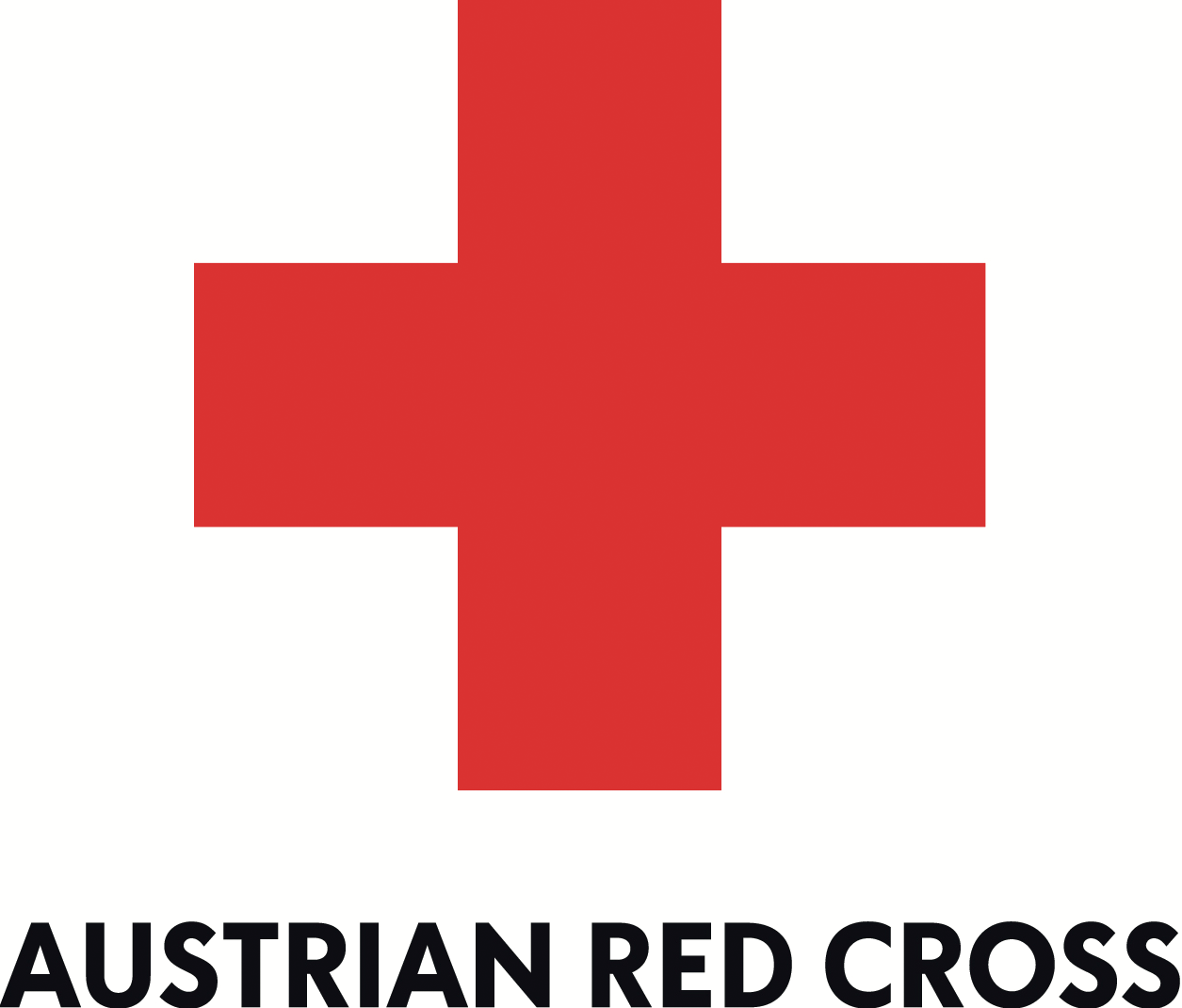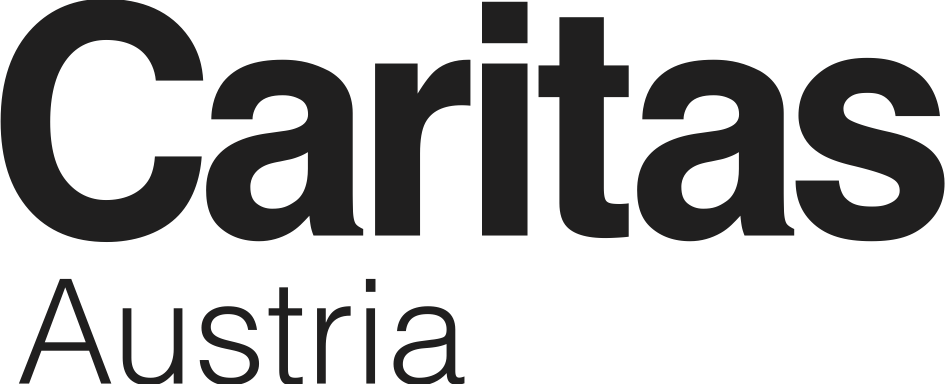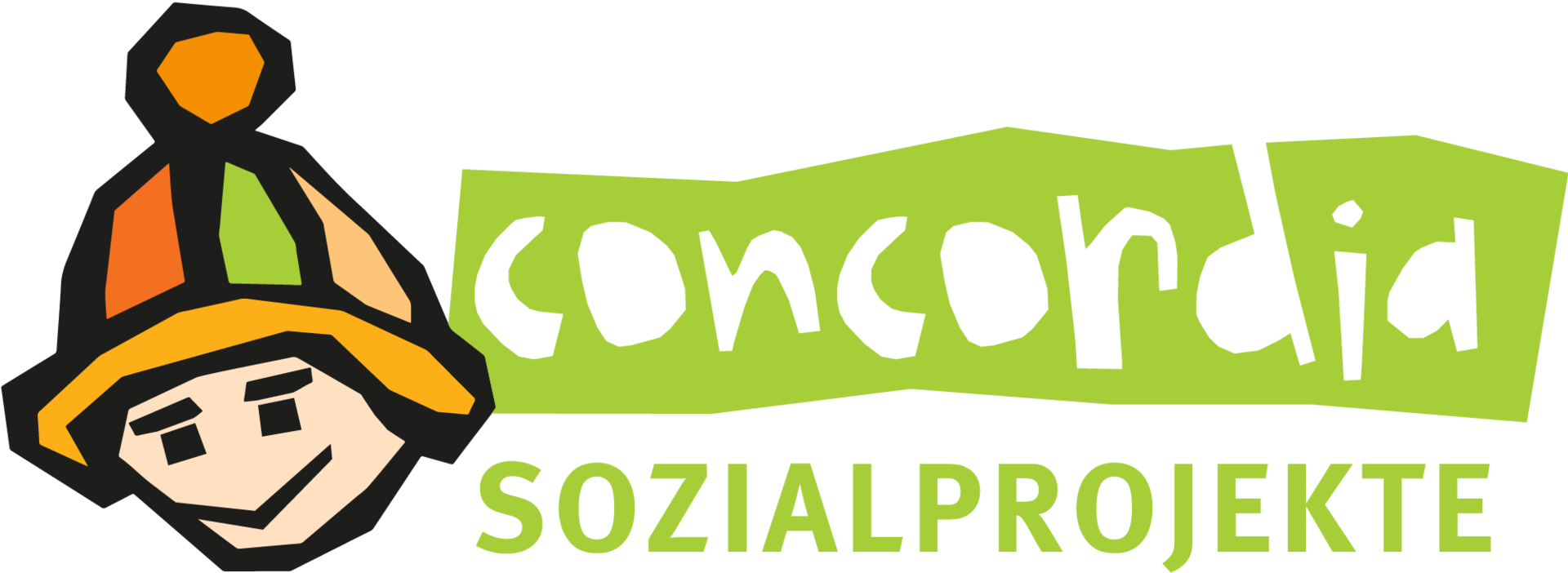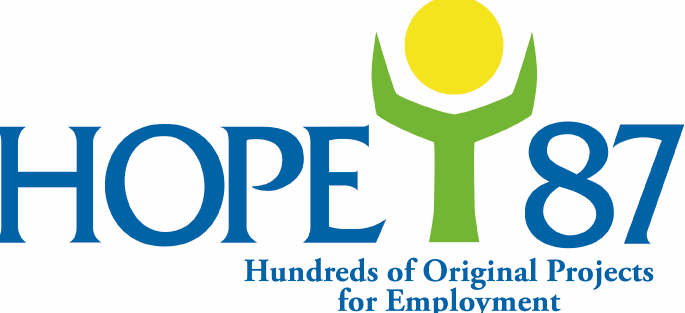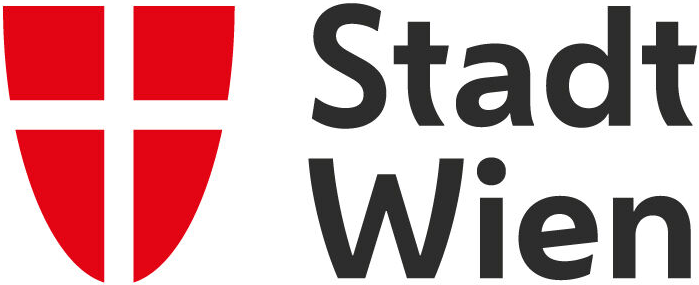As the situation involving the movement and undetermined status of a large number of fleeing people continues to unfold outside and within Europe, complex challenges are posed in the determination of migration trends, flows and rates. European countries need precise information in order to be prepared and to properly help refugees.
The most recent technologies can provide substantial support to countries and NGOs in addressing these challenges, by collecting, analyzing and integrating in real time information acquired from ground, air and space. Big Data processing techniques can then be applied in this context, providing innovative solutions that fully exploit the potential of space-based information and social data.
For what concerns space data, the United Nations Outer Space Treaty outlines the principle of peaceful use of outer space in accordance with international law and for international cooperation. The fact that satellites enable communication functions all over the globe, ensures that all human beings on planet Earth should benefit of these services, including refugees.
It is interesting to note that in addition to the efforts of the European Union and the United Nations, and its specialized organizations like the UNHCR, ITU and the IMO, also a technology oriented European Intergovernmental Organization like the European Space Agency (ESA) recently engaged in dedicated activities to support refugees. In fact, in 2016 ESA initiated, on a non-binding basis, the Charter on Major Disasters and Migration, following the 1999 Charter on Space and Major Disasters. This is a first important step in putting advanced technologies at disposal of European countries and the people in need arriving at its borders.
The next natural step, would be to promote and support the creation of targeted services to help refugees on the go. Space telecommunication capabilities may be combined with airborne tools such as drones or balloons to address the connectivity and information issues fundamental to refugees. Internet connectivity enables a tool kit of on-the-go services to be deployed, including tele-education and telemedicine activities.
Humanitarian telemedicine on the go is of particular importance. It addresses a shortage of medical staff in formal and informal camps, and may provide specialist input where such may not be available locally. It facilitates access to healthcare while on the move. NGOs can also improve their services with humanitarian telemedicine, including in particular MSF whose ongoing search and rescue missions in the Mediterranean can be reinforced with outside expertise.
Tele-education and tele-translation services may be of use to adults negotiating the European asylum system, but its strongest potential is in helping children. It brings three main benefits: reducing the interruption of education; easing the transition between home and destination syllabi by including educators from home countries; providing cultural education from home countries, all with benefits for integration.
Earth Observation, navigation and telecommunication technologies may be used in the Balkans to map hazards on migrant routes, such as landmines, or mitigate risks associated with winter. They may also serve the purpose of avoiding desperate sea travels in the Mediterranean Sea, by providing up-to-date information on weather and maritime conditions, and by allowing emergency signals to be broadcast when disaster strikes.
All in all, we are travelling through space on a wonderful ship, called planet Earth, and all human beings deserve to complete their journey in a safe manner, whether they are escaping from war in their home country or if they are exploring the Universe. It is the duty of all to ensure that everybody can make full use of the advanced technologies of our time for their purposes.
Ferruccio Di Stefano, Engineer

